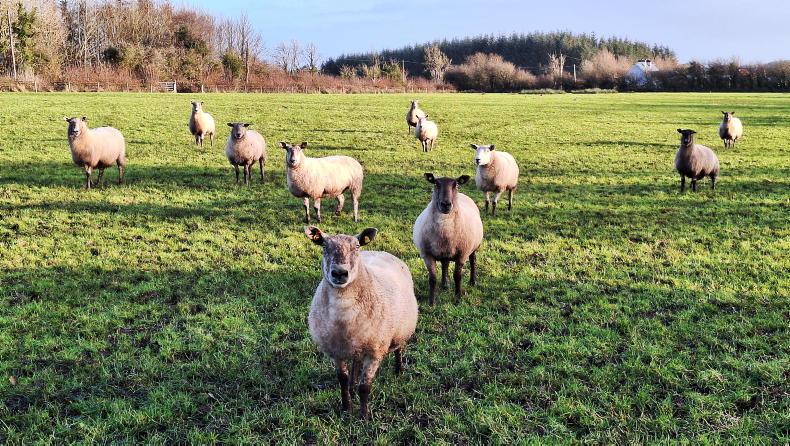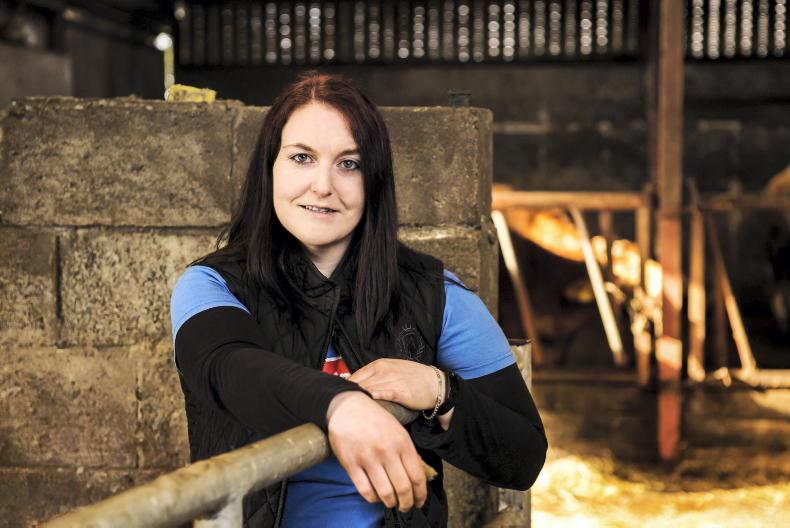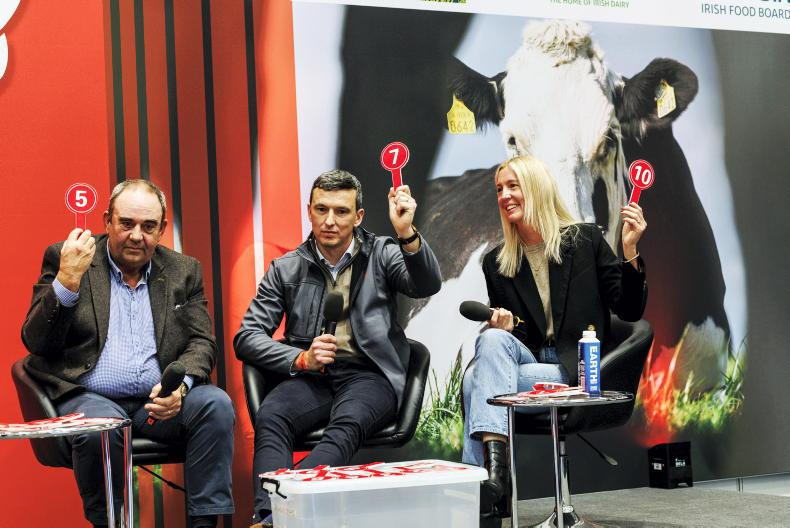February offered farmers the chance to turn cows out full-time after calving, with few having to on-off graze due to exceptional weather and grazing conditions.
February was so dry that less than 10mm of rain was seen in some weather stations for the entire month.
However, the good grazing conditions haven’t been matched with strong growth rates.
Pasturebase data is showing that 35% of farms have a cover of 700kg DM/ha or less.
Lagging behind demand
Growth is still lagging behind demand at an average of 14kg DM/ha/day or just over 100kg DM/ha per week. This is a fairly significant amount to be eating into already-low average farm covers.
The risk now is running out of grass towards the end of the second rotation.
Feeding heavy amounts of silage at that time will hammer milk constituents and affect energy intakes when cows are nearing peak. Depending on farm cover and growth, farmers may have to house cows at night for the foreseeable, although those who have only exceeded the 30% target by a small percentage and are recording decent growths may be able slow down.
Utilisation rates
With ground being as good as it is, utilisation rates are excellent and farmers will get away with feeding silage alongside daily grass allocations. At this point, farmers should be measuring grass on a weekly basis.
On drystock farms, there is a share of lighter cattle being turned out on farms across the country, with farmers on dry ground also getting freshly calved cow-calf pairs out.
Depending on farm cover and the amount of stock turned out, it’s probably best to avoid heavy covers until cattle have adjusted back to grazing.
Covers of less than 1,000kg DM/ha in 24-hour allocations will probably work the best for most farmers.
Back-fencing is critical to protect regrowths. The longer cattle spend grazing an area, the longer it will take to regrow. Get into paddocks, graze them hard and get out of them again quickly.










SHARING OPTIONS